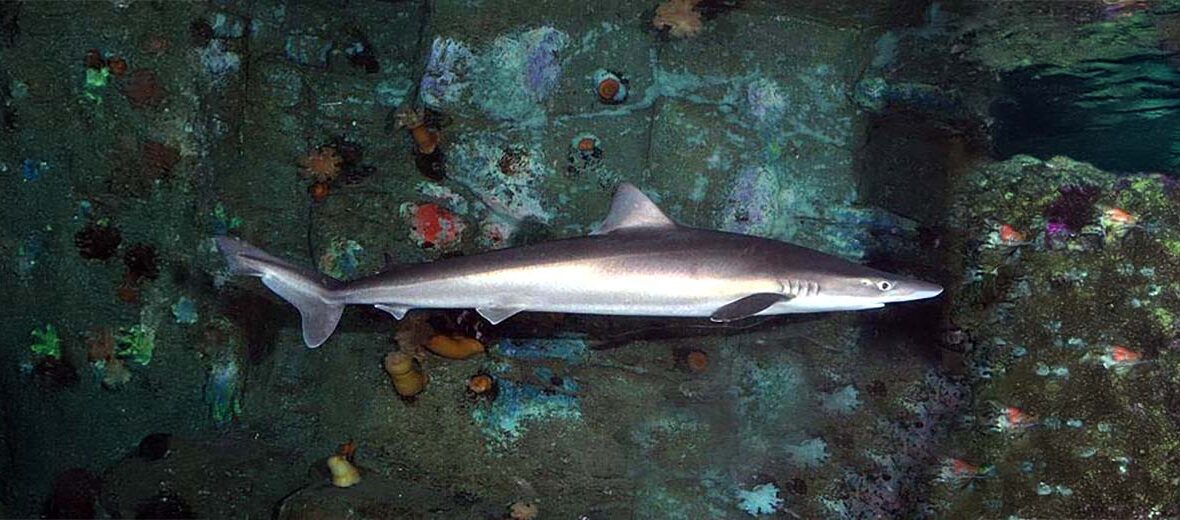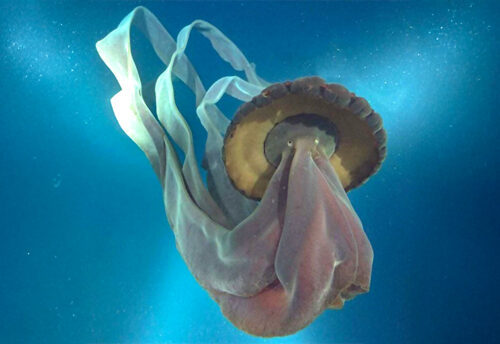
The school shark, aka tope, tope shark, snapper shark, and soupfin shark, is a species of houndshark that can be found off the coastlines of nearly every continent, sans Antarctica. Sadly, due to overfishing and over harvesting these sharks are listed as Critically Endangered by the IUCN. Their remaining populations are also decreasing. These sharks are caught in fisheries for their flesh, fins, and liver, which has quite a high vitamin A content.
First the Stats…
Scientific name: Galeorhinus galeus
Weight: Up to 98 lbs.
Length: Up to 6.7 feet
Lifespan: Up to 60 years
Now on to the Facts!
1.) These sharks can be found at depths of up to 2,600 feet.
2.) School sharks date back as far as the mid-late Eocene epoch.
3.) They are migratory sharks that can often travel large distances.
4.) Sardines, midshipmen, flatfish, rockfish, barracuda, and squid are all preyed on.
5.) Porbeagle sharks and other larger sharks prey on school sharks.
But wait, there’s more on the school shark!
6.) These sharks are ovoviviparous (produce young by means of eggs which are hatched within the body of the female and then birthed).
7.) Females produce up to 38 eggs that take up to a 1 year to gestate (develop).
Did you know…?
At around 1937, laboratory tests on the liver of these sharks demonstrated that they were higher in vitamin A content than any other fish tested.
8.) School sharks are a traditional Māori food source in New Zealand, where they are known in the Māori language as kapetā.
9.) The meat of these sharks is consumed in Andalusian cuisine, where it is typically known as cazón.
10.) Believe it or not, in June 2018 the New Zealand Department of Conservation listed these sharks as “Not Threatened” with the qualifiers “Conservation Dependent” and “Threatened Overseas” under the New Zealand Threat Classification System.
Now a Short School Shark Video!
Be sure to share & comment below! Also, check out the Critter Science YouTube channel. Videos added regularly!
Want to suggest a critter for me to write about? Let me know here.
Some source material acquired from: Wikipedia & IUCN
Photo credit: D. Ross Robertson




